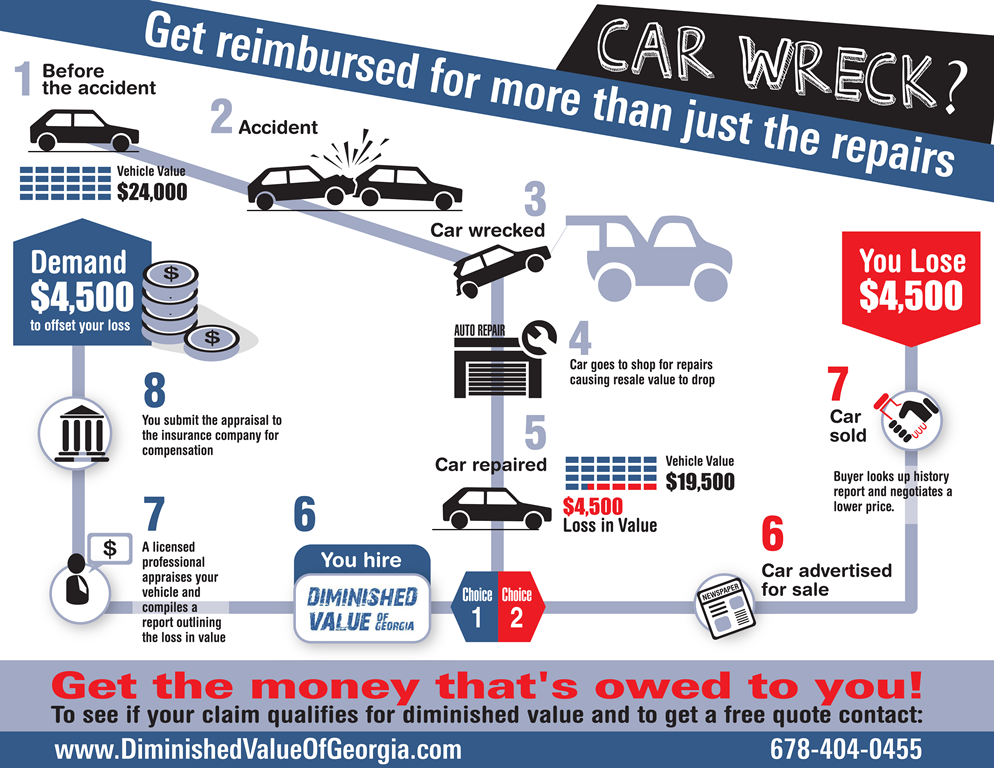Wish To Find Out More Regarding The Caution Lights On Your Dashboard? Discover What They Show Concerning Your Automobile'S Health And Wellness
Wish To Find Out More Regarding The Caution Lights On Your Dashboard? Discover What They Show Concerning Your Automobile'S Health And Wellness
Blog Article
Post Writer-Vinson Torres
When you're behind the wheel, those beautiful caution lights on your control panel can be a bit perplexing. Do boat wash service understand what they're trying to inform you about your vehicle's health and wellness? Comprehending the relevance of these lights is important for your safety and the durability of your car. So, the next time one of those lights turns up, wouldn't you want to decipher its message accurately and take the required actions to resolve it?
Common Caution Lights and Interpretations
Recognize common caution lights in your automobile and comprehend their meanings to make certain risk-free driving.
The most regular warning lights include the check engine light, which signifies problems with the engine or emissions system. If this light begins, it's important to have your car checked immediately.
The oil pressure advising light suggests reduced oil pressure, calling for immediate interest to stop engine damage.
A flashing battery light could suggest a damaged charging system, possibly leaving you stranded otherwise dealt with.
The tire stress monitoring system (TPMS) light alerts you to low tire stress, influencing vehicle security and fuel effectiveness. Disregarding this might result in risky driving conditions.
The abdominal light suggests a trouble with the anti-lock stopping system, compromising your capability to stop rapidly in emergencies.
Lastly, the coolant temperature alerting light warns of engine overheating, which can cause serious damage if not settled quickly.
Understanding these usual caution lights will assist you address concerns quickly and keep safe driving problems.
Value of Prompt Interest
Comprehending the common caution lights in your vehicle is just the first step; the relevance of without delay addressing these warnings can not be highlighted enough to guarantee your security when driving.
When https://riverlfatn.digitollblog.com/31009685/looking-for-quality-on-the-caution-lights-displayed-on-your-vehicle-s-control-panel-find-out-exactly-how-they-connect-to-your-car-s-health-and-wellness brightens on your dashboard, it's your automobile's way of communicating a possible concern that requires interest. Overlooking these cautions can result in much more extreme troubles later on, compromising your safety and security and possibly costing you a lot more in repairs.
Trigger focus to advising lights can avoid breakdowns and crashes. For https://brakefluidprice95173.blogofchange.com/31748540/get-ready-for-an-informing-trip-into-the-impressive-automobile-repair-work-centers-that-will-change-the-way-you-maintain-your-vehicle , a blinking check engine light might indicate a misfire that, if left ignored, could cause damages to the catalytic converter. Resolving this immediately can conserve you from a pricey repair work.
Likewise, a brake system cautioning light could signify reduced brake fluid or used brake pads, critical elements for your safety when driving.
DIY Troubleshooting Tips
If you notice a warning light on your control panel, there are a few do it yourself repairing ideas you can try prior to looking for expert assistance.
The first step is to consult your automobile's handbook to recognize what the details caution light indicates. Sometimes the concern can be as simple as a loosened gas cap setting off the check engine light. Tightening the gas cap might settle the issue.
Another usual problem is a reduced battery, which can trigger various alerting lights. Checking the battery links for deterioration and guaranteeing they're secure might deal with the trouble.
If a caution light continues, you can try resetting it by separating the car's battery for a few minutes and after that reconnecting it. Additionally, examining your vehicle's fluid levels, such as oil, coolant, and brake fluid, can help fix warning lights associated with these systems.
Conclusion
In conclusion, understanding your vehicle's warning lights is essential for keeping your automobile running smoothly and safely. By promptly attending to these alerts and knowing what they suggest, you can prevent expensive repair services and prospective breakdowns.
Keep in mind to consult your automobile's manual for particular details on each cautioning light and do something about it as necessary to ensure a trouble-free driving experience.
Keep notified, remain secure when driving!
